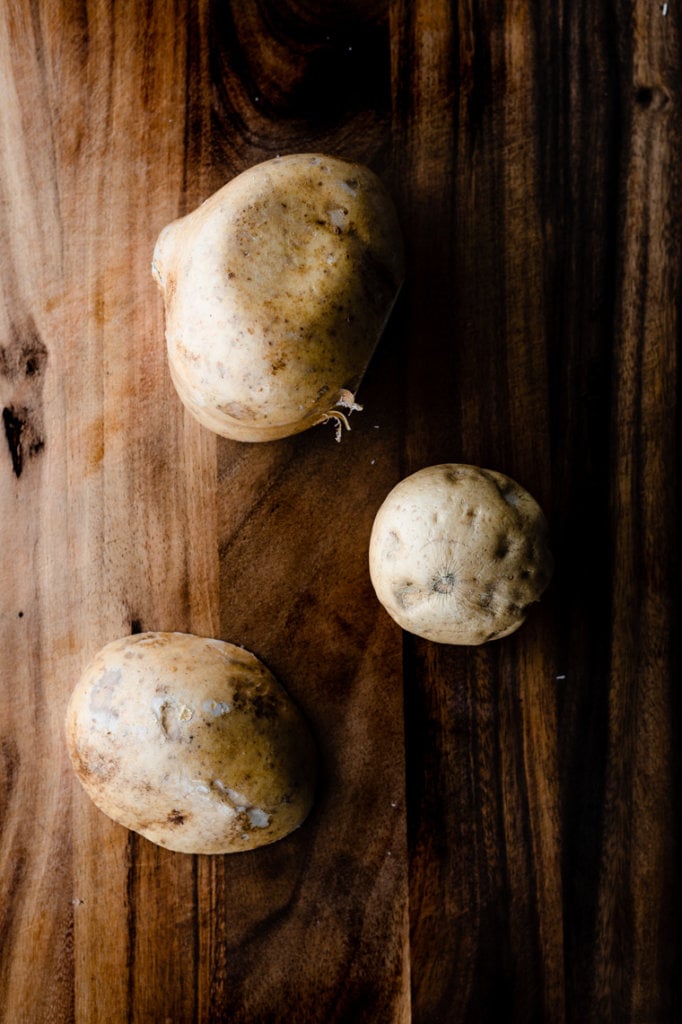
Have you ever tried Jicama?
Jicama can look intimidating - what is this big, weird, round, tuber? How do you eat it? Do you have to cook it? How should I cut it?
Don’t you worry, we’ve got you covered. Here’s your jicama 101.
What is Jicama?
Jicama is one of my favorite vegetables! It’s juicy, crisp, and crunchy. Jicama, pronounced hee-ka-ma, is a round, fleshy, bulbous root vegetable—also known as a yam bean.
It actually grows as a vine, but everything above the tuber is actually poisonous. Originating in the Americas, it grows best in warmer tropical regions. It is often eaten raw, but can be cooked and even keeps its crispiness when cooked.

What does Jicama taste like?
This root provides a refreshing, crispy crunch—it tastes like an apple minus the sweetness - a savory apple if you will.
Nutrition
Jicama is 80-90% water, leaving little room for calories. 100 grams (~¾ cup) contains less than 40 calories, while packing in 5 whole grams of fiber! It’s also a great source of minerals like iron, copper and magnesium.
This crispy veggie makes up 34% of your vitamin C recommended daily allowance! A wonderful thing, as vitamin C helps to improve immune function, strengthen collagen for better skin health, and hastens wound healing.
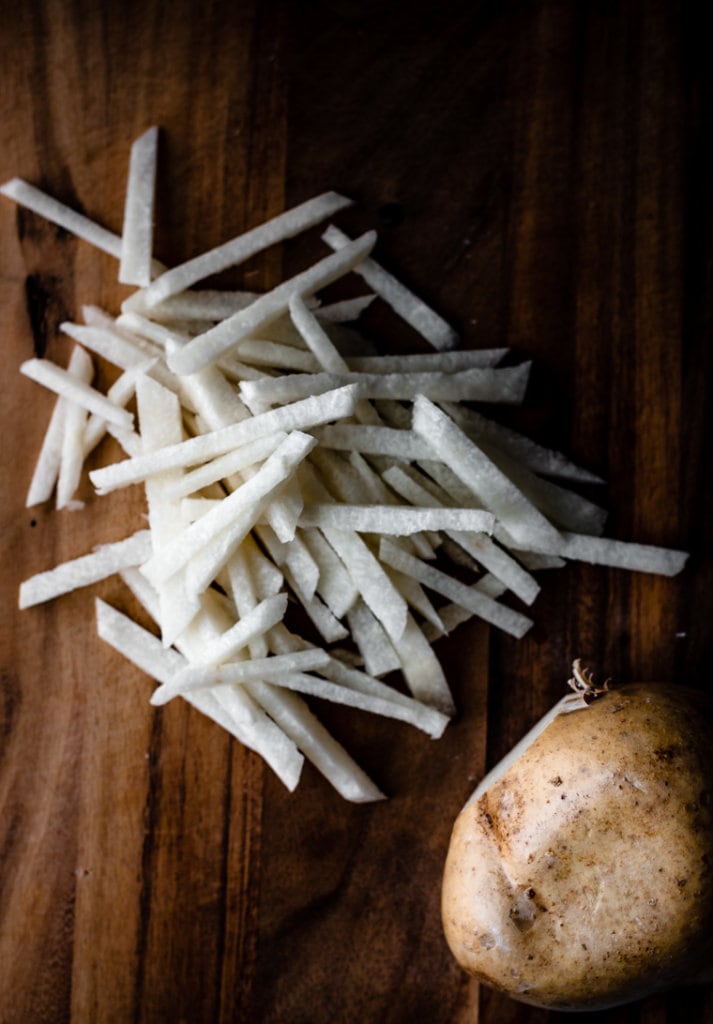
Health Benefits
Some studies suggest jicama can improve digestive health, enhance insulin sensitivity (a great thing!) and lower blood glucose. Although, these studies were done on mice, so we still have some things to learn about the effect with humans. Jicama also contains a type of fiber called oligofructose inulin, a beneficial prebiotic.
PREbiotics—different from PRObiotics—are the indigestible carbohydrates that act as food for our naturally beneficial gut bacteria. High fiber foods—like jicama—are packed with antioxidants that support a healthy microbiome, may reduce the risk of heart disease, and can help lower cholesterol! Natural medicine at its best.
Where to purchase Jicama
You probably won’t find jicama at a farmer’s market, but it’s generally available at your standard grocery stores. You may also find them at Latin American markets. Though it’s available all year round, the peak season is October through late spring.
When choosing your jicama, look for ones that are firm and free of soft spots. Jicama can grow to be quite large, but try to choose a medium-size one as the large ones are often tough and fibrous. It often has a thick waxy coating, but it's just as well because the peeling isn’t edible, and we’re going to peel them anyway. Make sure to compost the peeling!
How to prepare Jicama
You will need to remove the waxy, papery peeling. But this job calls for more than a regular peeler. I recommend using a quality chef’s knife to rid your jicama of its outer layer.
To peel, first cut off thin slices from the top and bottom of the jicama. Then, starting at the top and following the curve of the jicama, get your knife under the peel and slice off the peeling.
How to cut Jicama
Place the jicama on its flat end and slice it vertically into slabs. Then lay each slice on its side and cut it into strips (julienned). You can continue halving the strips to your desired thinness. From there, you can dice it by cutting across each strip. You can also cut it in half or quarters and shave it with a mandoline or shred it in a food processor.
How to store jicama
Whole jicama can be stored at room temperature for about a week. Or for up to 2 weeks in the fridge. Once cut, make sure to store in an airtight container. This bulbous veggie won’t discolor when exposed to air, so it can be prepped ahead of time, unlike apples or avocados which will quickly brown.
How to use Jicama
- Cut into small strips and enjoy them raw! They can stand up to carrots any day of the week. Also try sprinkling them with lime juice and a bit of chili powder. Yum!
- Chop it up and put in a salad, or make a salad out of jicama, like our Crispy Jicama Apple Salad.
- Shred them for a yummy slaw with red cabbage and carrots.
- Finely dice and add to relishes or salsa, like pico de gallo, to include in your homemade tacos!
- Add to a stir-fry with broccoli, carrots, garlic, ginger, and snap peas.
- Grill them - may sound weird, but it’s delicious!
Now it’s time to dive into a variety of jicama creations. Comment below to let us know how you enjoy using your jicama and check out our other jicama recipes!
Disclaimer: Some of the links above are affiliate links. This means that should you purchase something through the link, The Crooked Carrot will receive a small commission. The item cost remains the same regardless of whether you purchase through our link or not. Any commission earned simply helps us continue to provide all our great content to you. From seasonal recipes to simple nutrition insights & sustainable zero waste tips, we have lots more to give!



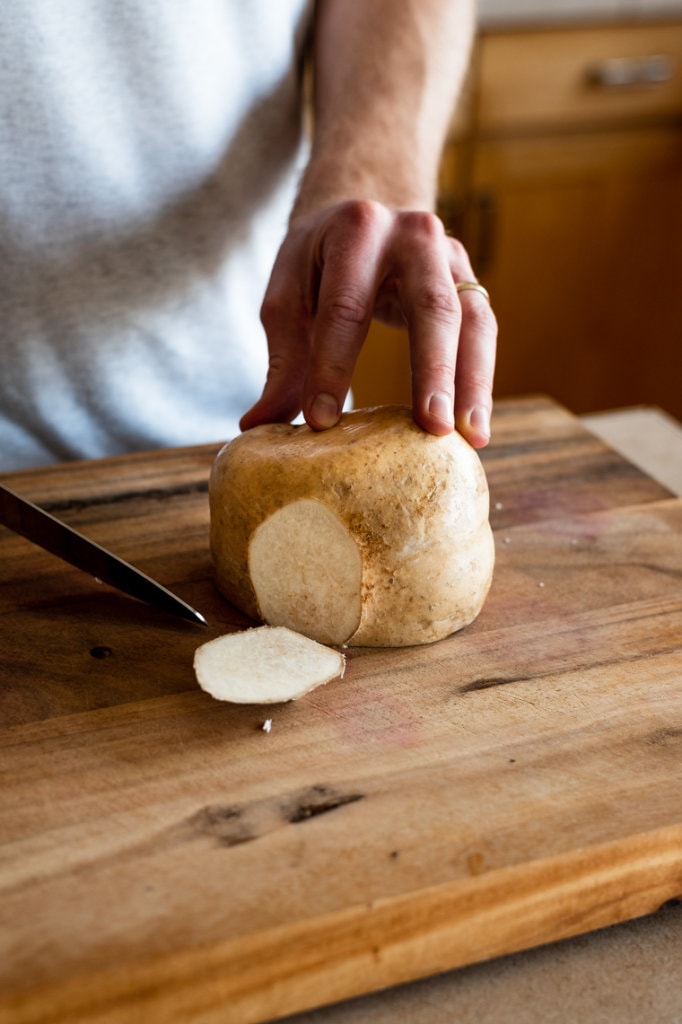
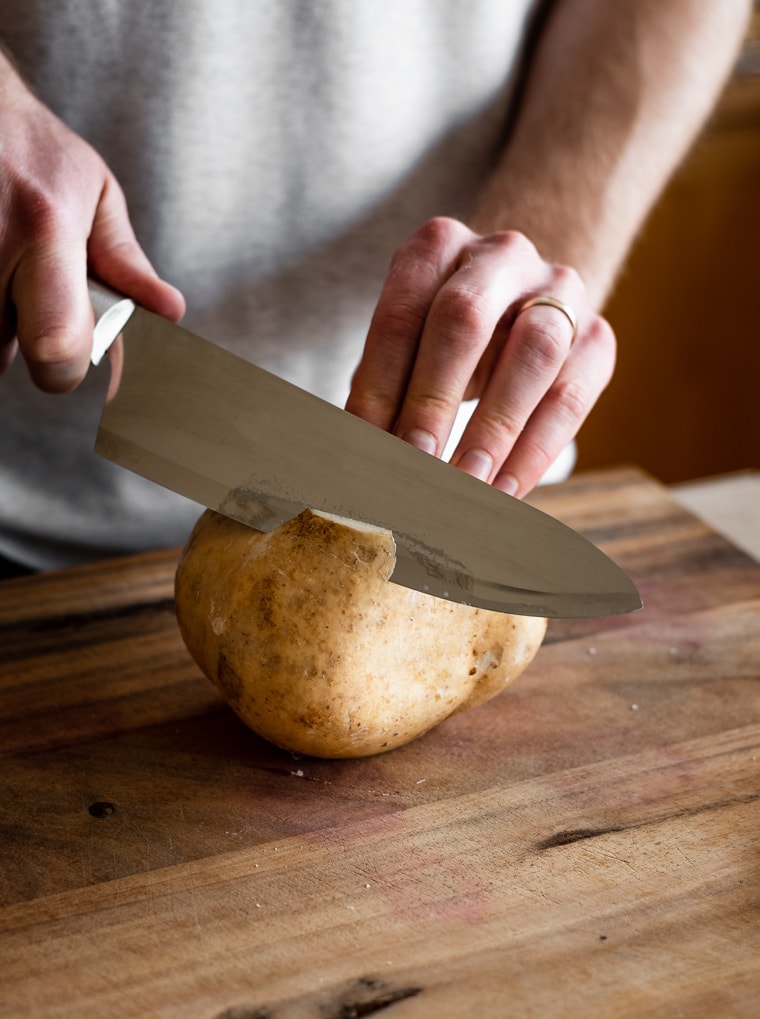
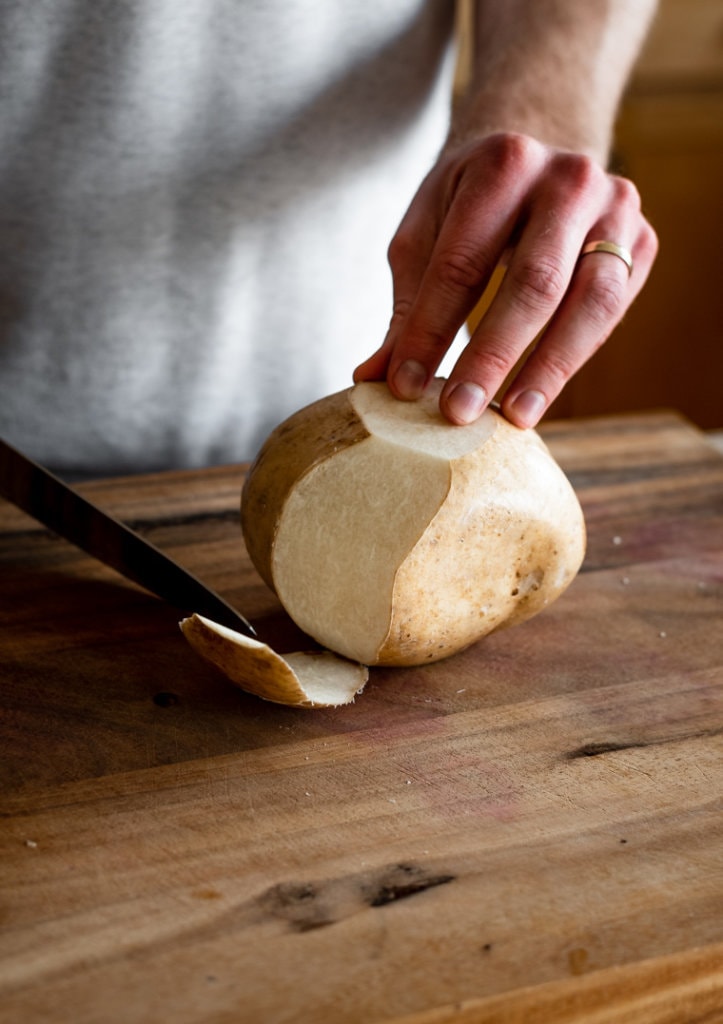
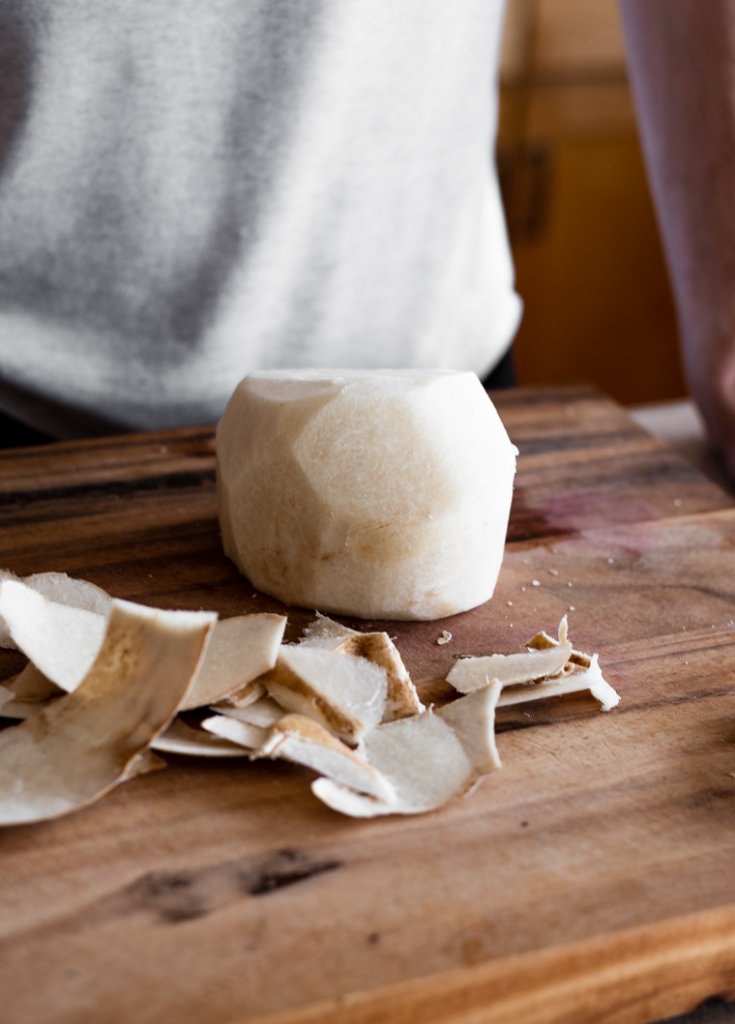

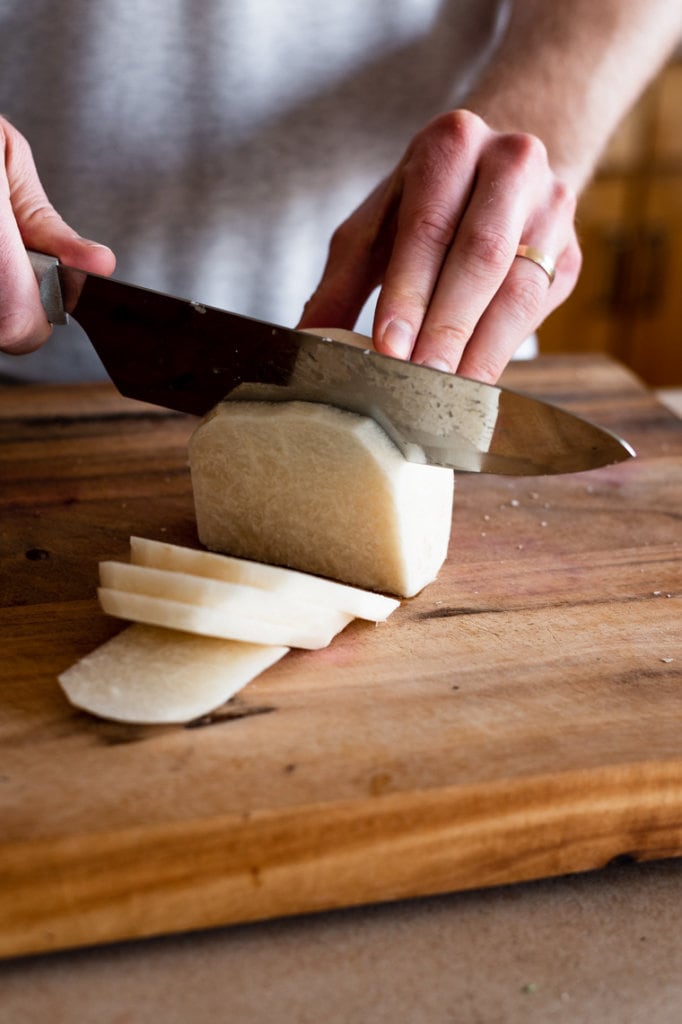
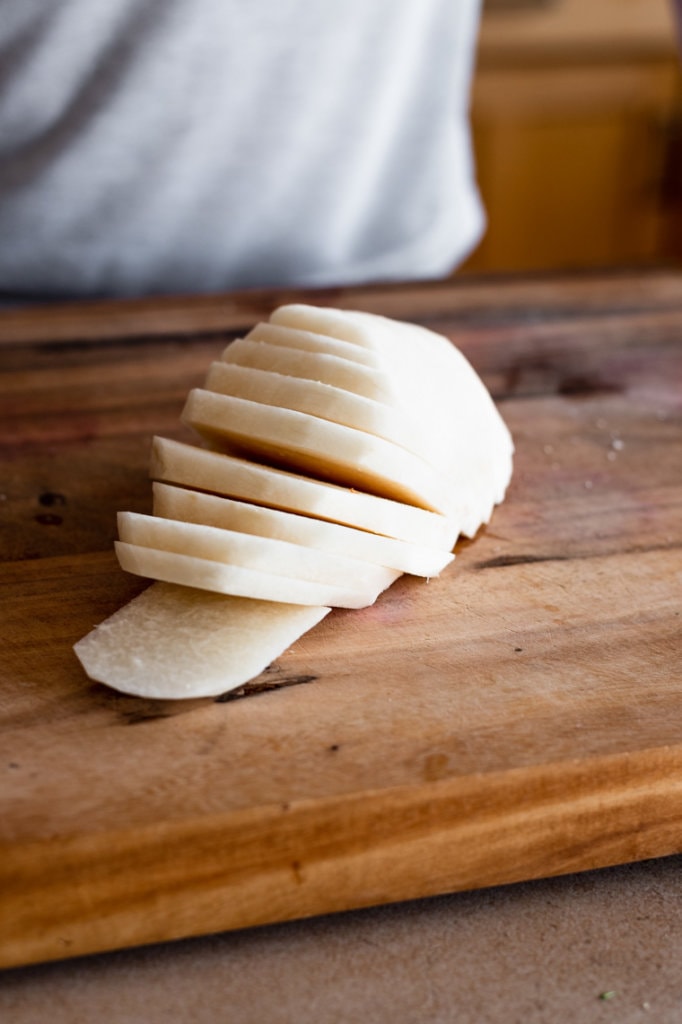


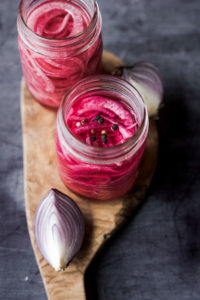

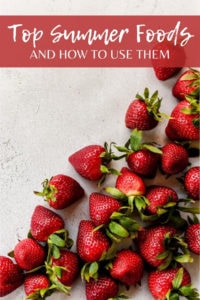
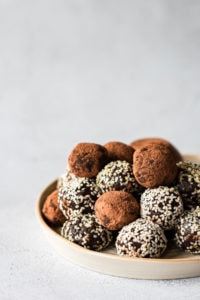
Leave a Reply